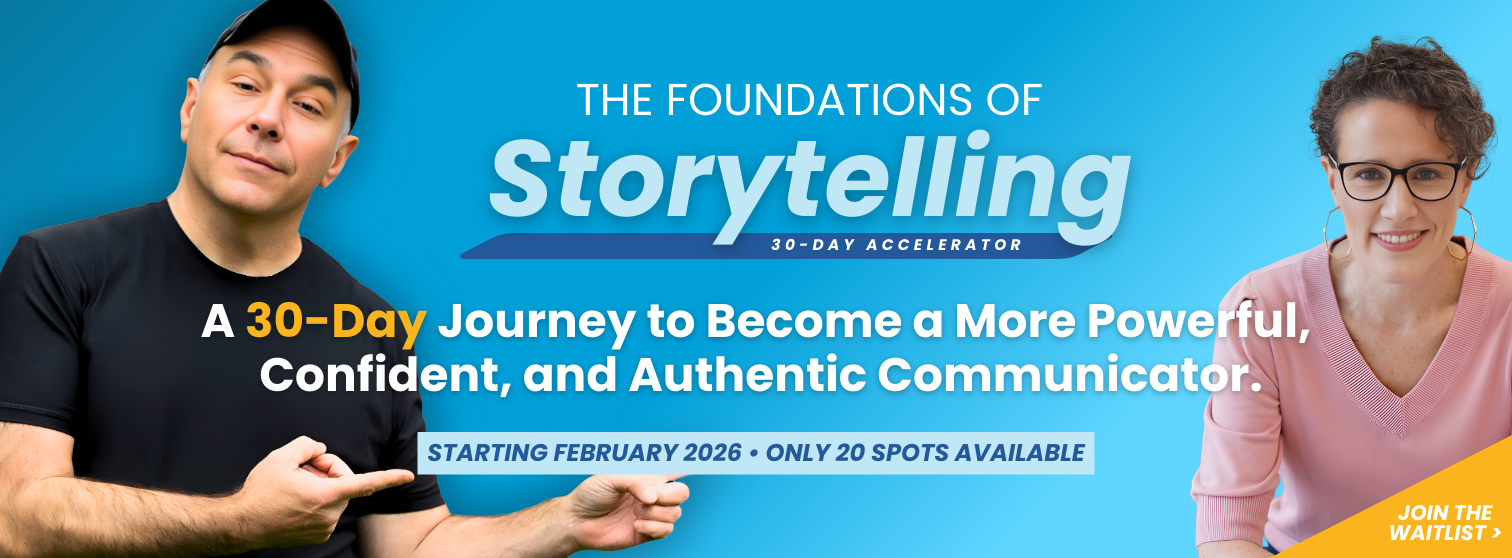Suspense is a powerful tool in the storyteller's arsenal

There are many ways to create suspense in a story, but here is one of the simplest ones:
Delay naming objects or people. Describe them first.
A few examples from actual stories I tell:
A small hand emerges from the leaf pile, holding a silver metallic object.
The object?
A spoon.
But you can see how suspense is established by describing it instead of naming it.
Charlie points and asks, "What this?" I look and see that this is going to be a long conversation.
The object?
A memorial plaque affixed to a bench.
Again, you can see how suspense is established by describing it instead of naming it.
I open my eyes. Bright light blinds me. I blink. I blink again, then I see her, smiling down upon me, almost like an angel.
The woman?
A nurse in an emergency room, but the audience knows it might also be my mother and maybe even an angel, since this is a story where CPR is required to save my life.
Who could this person be? Until I say, I leave the audience in suspense.
By simply describing before naming, we create suspense in our audience's mind. Admittedly short lived, but even a little suspense is a wondrous thing.







